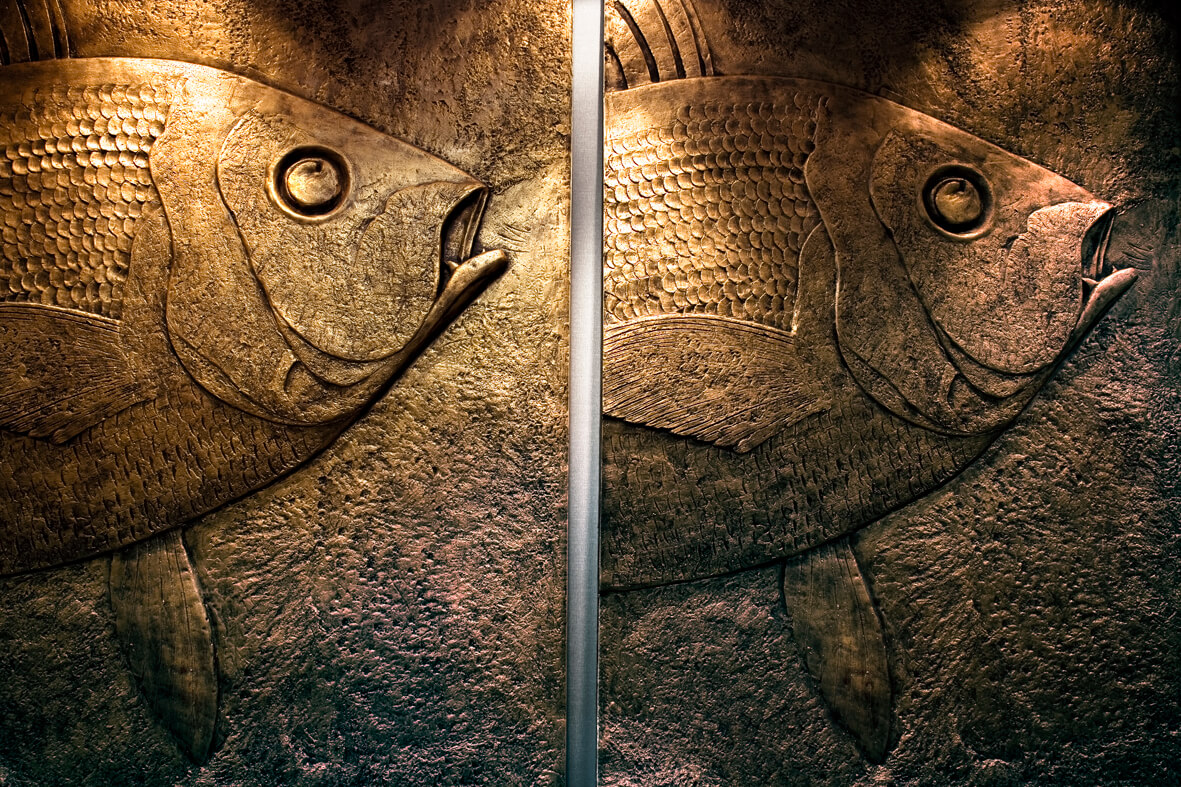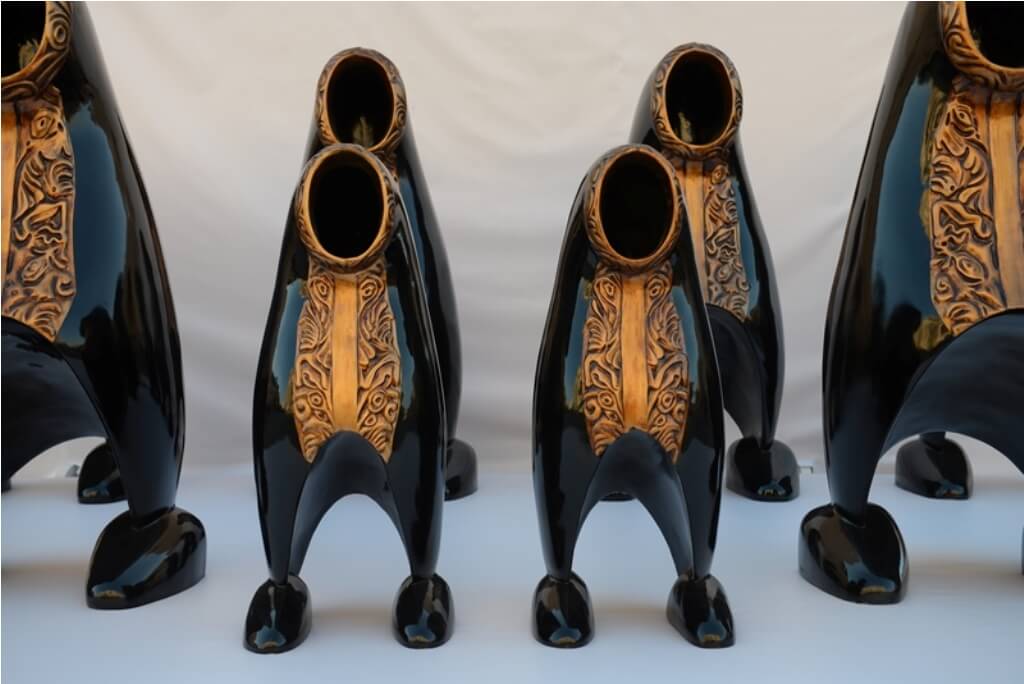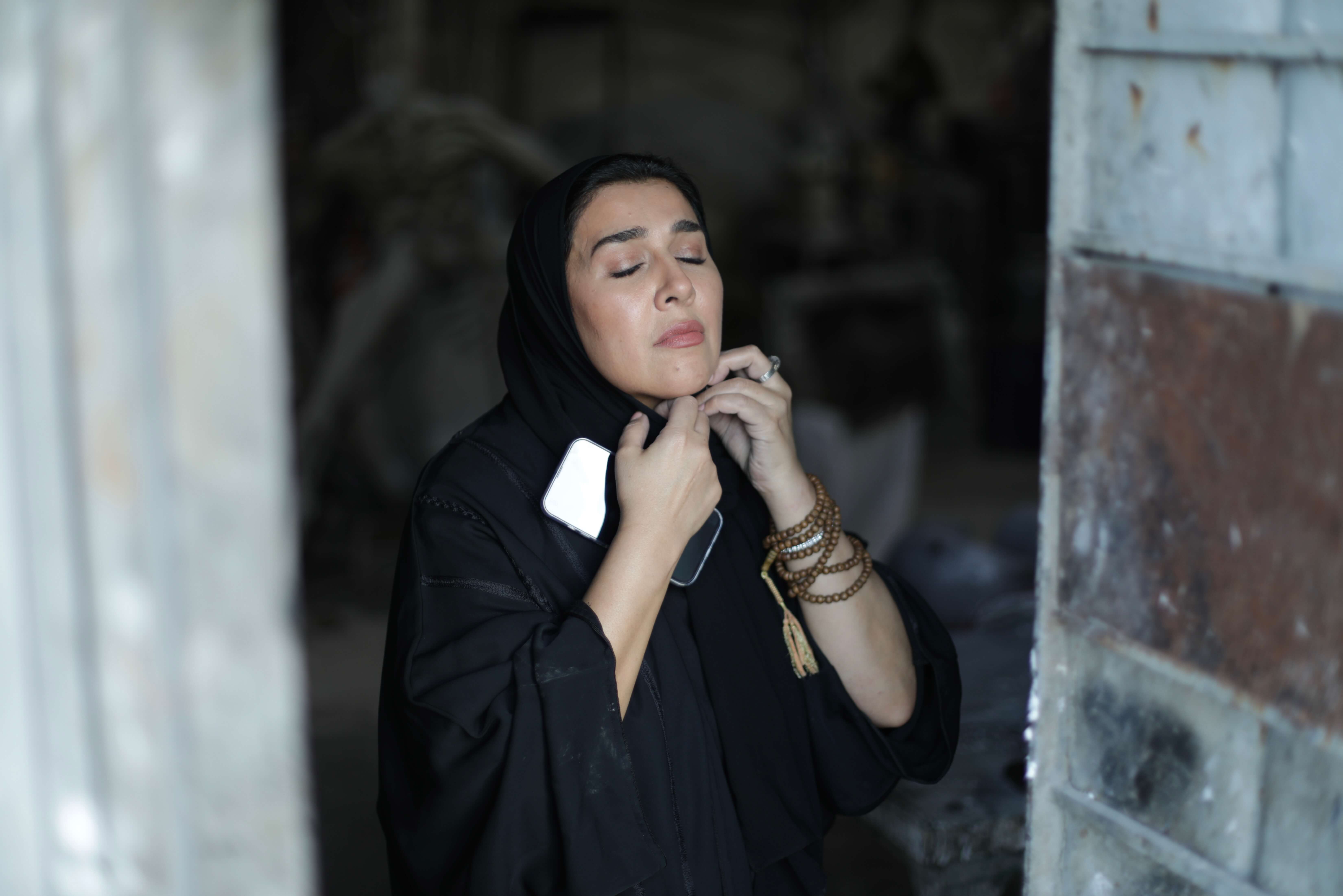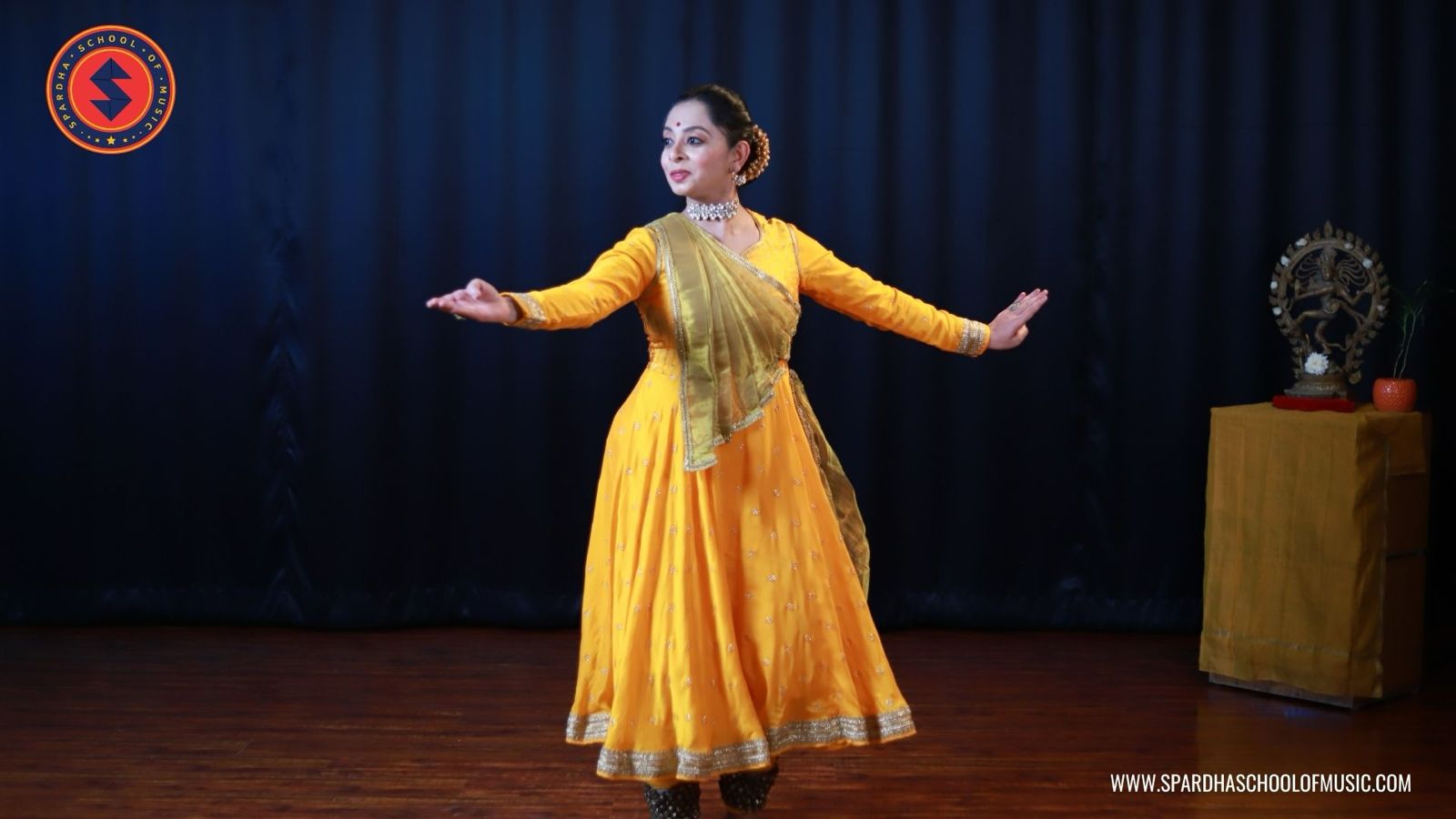Lifestyle
Style Meets Steel: Fatma Al Shebani Creates a Unique Visual Language through Brilliant Metalworking

The materials artists employ in their work often carry with them as much meaning as the content of the works themselves. For Fatma Al Shebani, accomplished Qatari artist well known for her use of strong materials such as bronze, resin, iron, and stainless steel, this could not be more true.
The people of Qatar have witnessed transformations in recent decades like few societies in history have. The social fabric of the country, as well as the urban landscape of its major metropolitan centar, Doha, have experienced dramatic change resulting from the discovery of oil less than a century ago, which pushed the national economy away from a declining pearl trade and set it on track to eventually boast one of the highest standards on living in the world. From its position as a relative backwater situated on the western shores of the Persian Gulf, to a thriving economy growing in the shadows of towering steel skyscrapers, Qatar has been, and in many ways remains, a society in transition.

Doha is a city characterized by its architectural diversity, and yet the broad range of stylistic approaches stand united through common visual elements and motifs that draw from Qatar’s rich national history. The same could be said of Al Shebani’s work, which exhibits a wide breadth of subject matter that nevertheless remains largely tied together through her choice of strong materials and commitment to drawing inspiration from Qatari history and culture. Indeed, through the use of various metals, Al Shebani has succeeded in creating a body of work that compliments the city’s architectural vernacular.
Her use of bronze, iron, and steel imbues a sense of both permanence and strength into her projects. These materials act to bolster the strength of her visual storytelling represented in the pieces themselves. Steel, the technology that first allowed for the development of contemporary urban skylines, carries with it certain notions of modernity in its application to her art. The subjects Al Shebani illustrates in her metal working, however, find inspiration in cultural motifs of times past. Specifically, she draws from her own personal memories to conjure up imagery that reflects traditional Qatari culture, often in forms reminiscent of conventional modes of dress. This idea becomes apparent in the many iterations of her ‘Bokhnaq’ and ‘Batoula’ series. In conjunction with one another, her choice of subject and material work to bring the lessons of the past forward into an ever modernizing, ever changing cultural context.

Like many of the architects who have aimed to preserve Qatar’s history in their construction of buildings that in many ways must, by virtue of their purpose and scale, break with tradition, Al Shebani often elects to immortalize elements of Doha’s surrounding marine and land environments in her work, casting them in beautiful relief. This is perhaps most clearly seen in Al Adiyat 9, which depicts horses, an important feature of Qatari history, in stunning motion, as well as her reliefs illustrating the sacred marine life of Qatar’s offshore reefs.
Doha has become, in many ways, a city of steel clinging purposefully to its roots. Architects have devised a myriad of creative tactics to embrace change while still acting to preserve traditional Qatari values and style. Al Shebani’s work then functions as the perfect compliment to the city’s dynamic urban landscape. She has expertly managed to marry the old and the new, the traditional and the modern, to establish a visual language that reflects this culturally rich nation’s ever changing ethos.
For more information about Fatma Al Shebani and her work, visit: https://www.fatmaalshebani.com/
Lifestyle
Why Classical Dance Is Thriving on Instagram

For centuries, classical dance forms like Bharatanatyam and Kathak have been treasured for their elegance, complexity, and storytelling prowess. But in recent years, these age-old traditions have found an unlikely stage: Instagram. From intricate mudras to rhythmic footwork, young dancers are captivating audiences worldwide, all in the span of a 60-second reel.
So, what’s fueling this revival of classical dance on a platform known for trends, filters, and viral challenges?
Instagram, with its visual-first format, has become an ideal space for artists to share their craft. Classical dance, rich in visual storytelling, translates beautifully into bite-sized performances that are accessible and engaging for modern audiences.
“Reels are short enough to grab attention but long enough to convey the essence of a classical piece,” says one of Spardha’s dance teachers, actively creating dance videos for the Instagram page of Spardha School of Music and Dance, an online platform for performing arts education. “You don’t need an elaborate stage or hours of performance; a simple backdrop and good lighting can bring your art to life.”
On Instagram, young dancers bring a fresh approach to traditional art. They skillfully blend classical compositions with trending audio tracks, often choreographing pieces that resonate with younger audiences.
These videos show how classical dance can be relevant in today’s world as young artists reinterpret popular songs in classical style. Such performances respect the tradition, make it accessible to a larger audience by making classical dance relatable.
Social media has also given classical dancers something they’ve never had before: a global audience. Platforms like Instagram allow Indian artists to reach audiences in the U.S., Europe, and beyond, fostering cultural exchange and appreciation.
And the feedback loop is immediate. Unlike traditional performances, which are confined to auditoriums and limited audiences, Instagram reels receive likes, comments, and shares in real time, creating a sense of community and encouraging more engagement.
The rise of online platforms for learning music and dance like Spardha School of Music and Dance has further fueled this trend. Spardha provides structured lessons in classical dance forms like Bharatnatyam and Kathak, and even Bollywood, making them accessible to young learners regardless of their location.
“Many of our students have taken what they’ve learned and showcased it online,” says a representative from Spardha. “It’s incredible to see them not just learn the art but also innovate and present it in ways that inspire others.”
By offering online classes, Spardha ensures that classical dance is no longer restricted to physical studios, enabling dancers to connect with their culture through dance no matter where they are in the world.
The success of classical dance on Instagram lies in its ability to blend heritage with modernity. The younger generation, armed with smartphones and a passion for preserving their roots, is making classical dance both aspirational and accessible.
Dance has always been about expression, and Instagram is just a new way of reaching people.
-

 Tech4 years ago
Tech4 years agoEffuel Reviews (2021) – Effuel ECO OBD2 Saves Fuel, and Reduce Gas Cost? Effuel Customer Reviews
-

 Tech6 years ago
Tech6 years agoBosch Power Tools India Launches ‘Cordless Matlab Bosch’ Campaign to Demonstrate the Power of Cordless
-

 Lifestyle6 years ago
Lifestyle6 years agoCatholic Cases App brings Church’s Moral Teachings to Androids and iPhones
-

 Lifestyle4 years ago
Lifestyle4 years agoEast Side Hype x Billionaire Boys Club. Hottest New Streetwear Releases in Utah.
-

 Tech6 years ago
Tech6 years agoCloud Buyers & Investors to Profit in the Future
-

 Lifestyle5 years ago
Lifestyle5 years agoThe Midas of Cosmetic Dermatology: Dr. Simon Ourian
-

 Health6 years ago
Health6 years agoCBDistillery Review: Is it a scam?
-

 Entertainment6 years ago
Entertainment6 years agoAvengers Endgame now Available on 123Movies for Download & Streaming for Free
